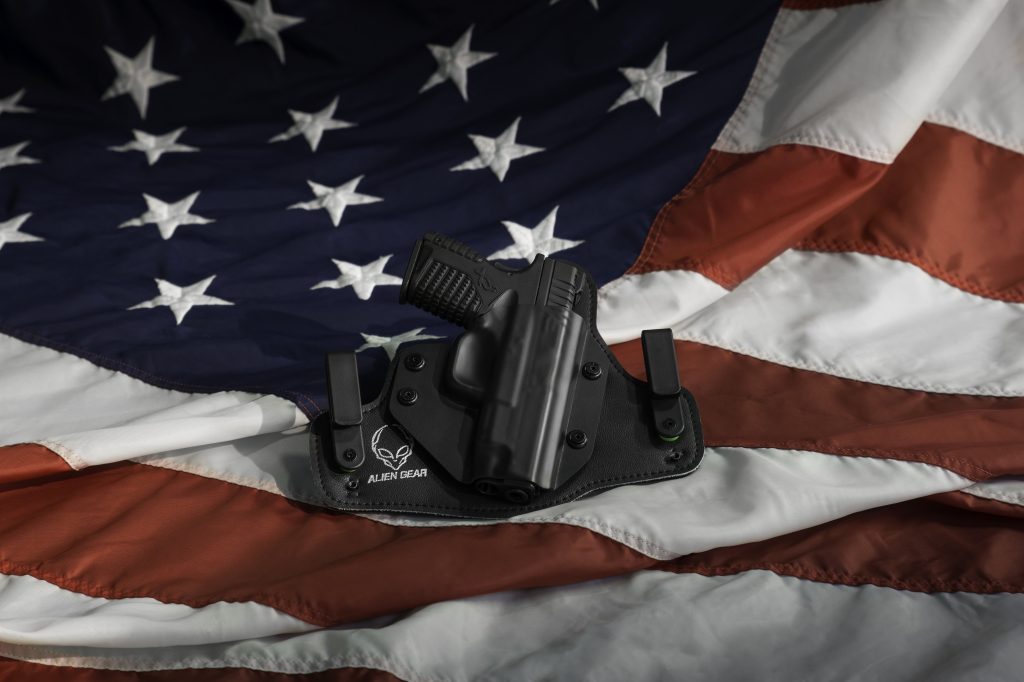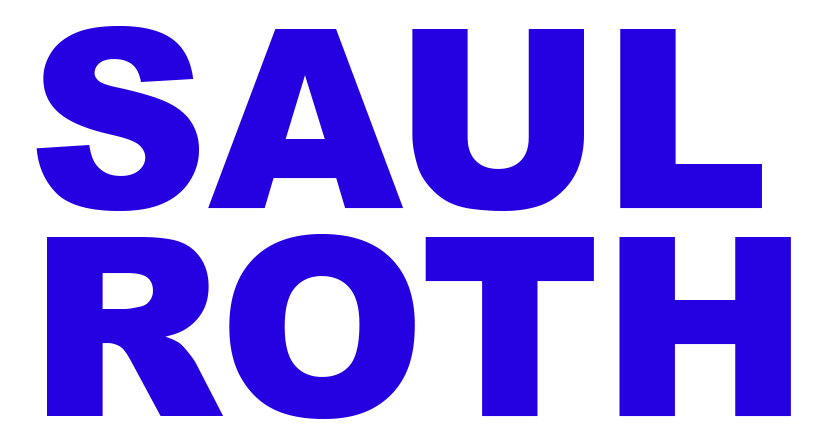
Image Credit: PxHere
By Saul Roth
The Second Amendment reads, “ A well regulated militia, being necessary to the security of a free state, the right of the people to keep and bear arms, shall not be infringed”. The Second Amendment has been a controversial subject before it was ratified. The subject was debated during colonial times, the forming of the new nation of the United States, and from the beginning of this new nation until today. This debate will continue for a long time to come.
Even though we declared our independence from England many of our laws are based on Anglo Saxon heritage. King Alfred of England in 1338 had restrictions on guns in the Kings Hall. King Edward the 3rd had restrictions on guns in public places. King Henry the 8th placed prohibitions on short guns (Patrick J. Charles, Scribble Scrabble, The Second Amendment and Historical Guidepost: A Short Reply to Lawrence Rosenthal and Joyce Lee Malcolm, 105 NW, U.L. Rev Colloquy (2011) (229).
Much of the debating concerning gun rights took place during ratification of state constitutions. One of the famous debates of that time took place between two lawmakers in Maine. Amusing as it might seem they used nicknames. Judge George Thatcher was known as Scribble Scrabble and the real identity of Senex is not known. This took place about the time of the Shay Rebellion in Massachusetts. At this time after the American Revolution the federal government had no militia to assist Massachusetts. The state formed its own militia to quell the rebellion. (Charles, Supra at 232).
Senex believed that citizens should find redress against the government through their representatives and the legislature. Senex thought any other redress would promote anarchy. Senex believed the right to bear arms was for the common defense. Thatcher felt the right to bear arms had an inalienable and alienable right. Thatcher believed the people had a right to bear arms. Even thought he did not think it right to bear arms for any purpose Senex was concerned that Thatcher believed the people could bear arms against the common defense (Charles, Supra at 236). This is a debate that continues today as many gun advocates state they need to bear arms against a tyrannical government.
The gun debate has gone back and forth through out the history of this nation. The pendulum has recently swung in the direction of gun advocates despite all the recent mass shooting and high crime gun violence. As recently as the 1930’s, during all the mobster violence the Supreme Court decision in Miller declared that the right to bear arms was for a militia. Post civil war many southern states declared the right to bear arms was for a militia. The question there is was that because of their rebellion against what they thought was tyrannical government or that they did not want new freed slaves to possess weapons.
The recent Supreme Court decision of Heller v Washington DC in June 2008 has made the Second Amendment as a right to bears arms for self-defense. This case was based on a Washington DC Special Patrolman that was allowed to carry his handgun at work but not allowed to have it in his home or carry it to and from work. The ruling clearly allowed possession of a gun in the home. Outside the home is not so clear. The court also created a laundry list of restrictions. The Supreme Court case of McDonald v Chicago applied the Heller decision to all the states citing the Fourteenth Amendment Jeff Golimowski, Pulling the Trigger; Evaluating Criminal Gun Laws in a Post- Heller World, 49 Am. Crim. L. Rev 1599 (2010) (1599).
The Heller decisions did not have a standard of proof. This and the list of restrictions have set up the scenario for many lower court ruling to determine Heller. There will be many more to come on the federal and state level (Golimowski, Supra at 1600).
US v Masiandaro was concerning and individual carrying a handgun in a National Park. The defendant claimed he was traveling through the park for work and needed the gun for self-defense. The court upheld the conviction on the National Park being a sensitive area (Golimowski, Supra at 1607). In US v Skoien the defendant had a pistol, rifle and shotgun in his house. The defendant was previously convicted of a domestic violence misdemeanor. The defendant claimed he conviction was not a felony. The court decided the restriction in Heller was a guidepost and still upheld the conviction as within the needs of the government (Golimowski, Supra at 1610). In US v Chester the court ruled that the 2nd Amendment did not intend to exclude all convicts of domestic violence but can disarm someone who is not a law-abiding citizen. His conviction was upheld (Golimowski, Supra at 1612)
Golimowski believes in time, manner, place restrictions He believe the laundry list of restrictions which preclude guns for felons, dangerous people, the mentally ill, restrictions in schools other sensitive areas and restriction on commercial gun sales. He believes strict scrutiny should be used in deciding second amendment cases( Golimowski, Supra at 1619).
The most recent shooting of teachers and children in Newton, Connecticut brought the gun control issue to the forefront again. The President and some members of Congress attempted to pass gun control legislature. The National Rifle Association (NRA) showed its unique strength during this process and no laws were passed.
Two Civil War Union Veteran Officers founded the NRA in 1871. The reason for it’s founding was to help marksmanship. The founding General and Colonel believed the marksmanship in the Civil War was bad. The first President of the NRA was General Burnside. He was the General that ordered his troops to a massacre up Marye’s Heights at the Battle of Fredericksburg. The Confederate troops had no problem with their marksmanship on that day.

Recent Comments